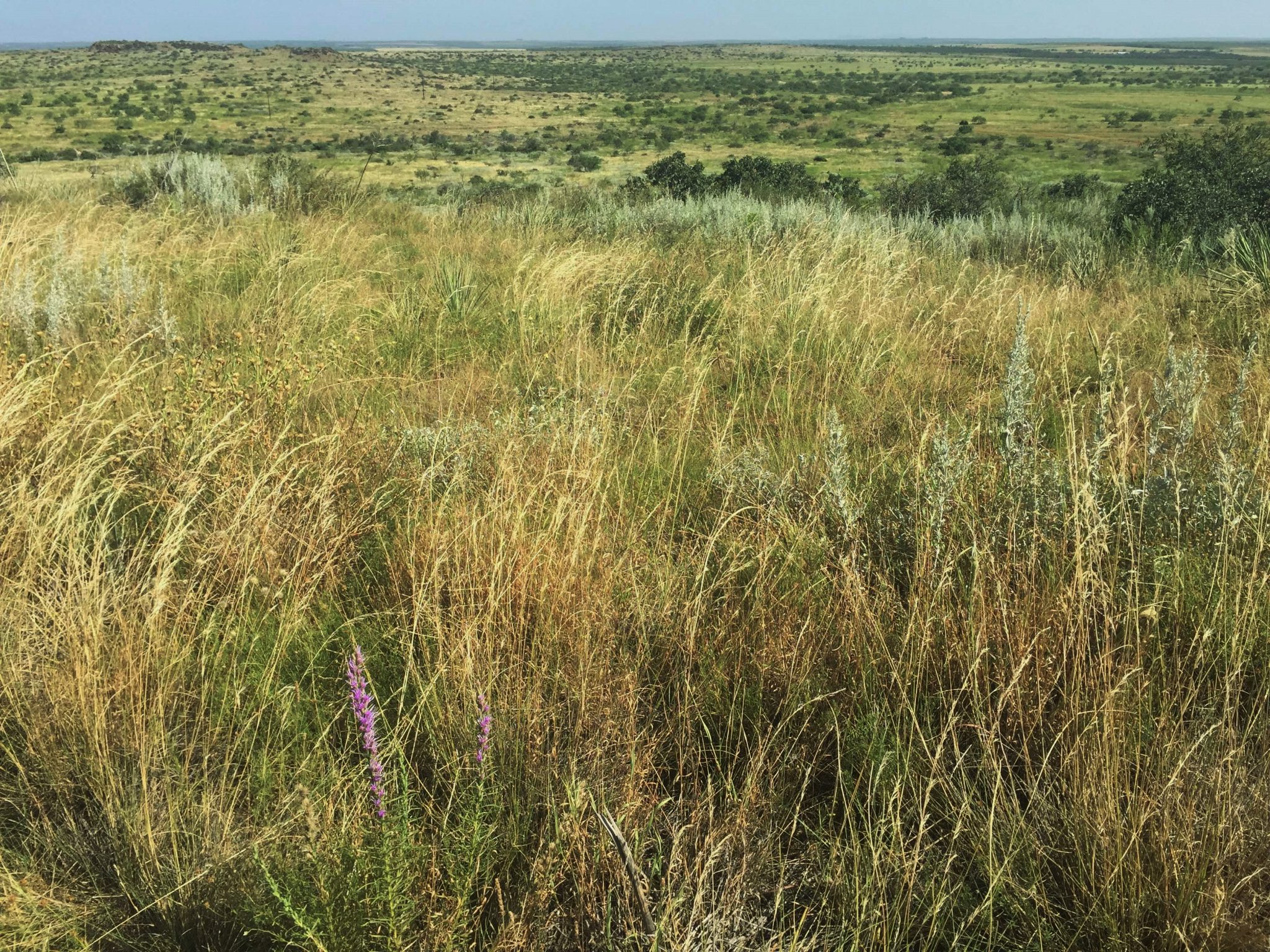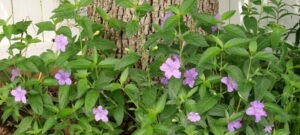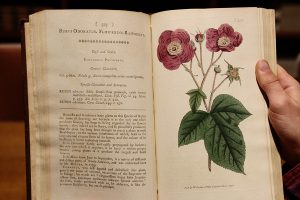In the Botany Stories series, BRIT Librarian, Brandy Watts, presents unheard collecting stories from botanists at BRIT and beyond.
“The disappearance of a major natural unit of vegetation from the face of the earth is an event worthy of causing pause and consideration by any nation. Yet so gradually has the prairie been conquered by the breaking plow, the tractor, and the overcrowded herds of man… that scant attention has been given to the significance of this endless grassland or the course of its destruction. Civilized man is destroying a masterpiece of nature without recording for posterity that which he has destroyed.” Dr. J.E. Weaver from his book North American Prairie published in 1954.
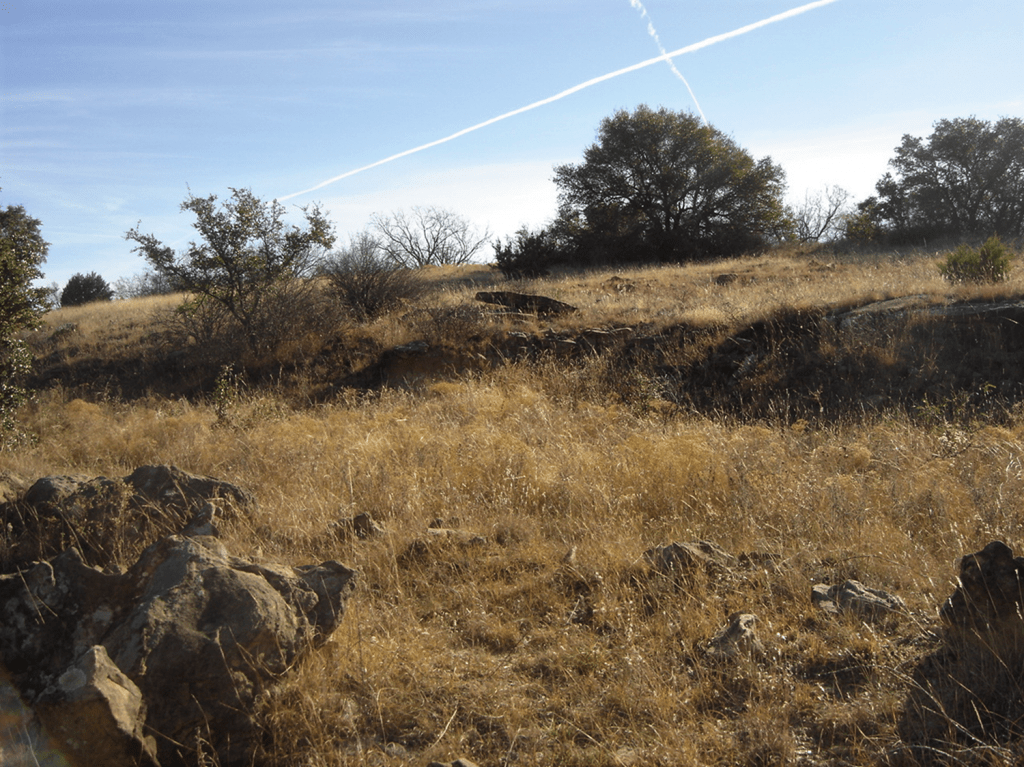
I suppose my interest in grasses and grasslands is the result of my being a native West Texan, a product of my natural habitat as a boy and young adult spent on the farms and ranches and in the dusty towns and remote outposts of the Rolling Plains, the Panhandle, and the Trans-Pecos. I grew up surrounded by the mixedgrass and shortgrass prairies and desert grasslands of West Texas. These native grasslands were the basis of the economic and cultural life of the communities in those areas, so I was aware of the importance of grasslands and grasses from my earliest memories.
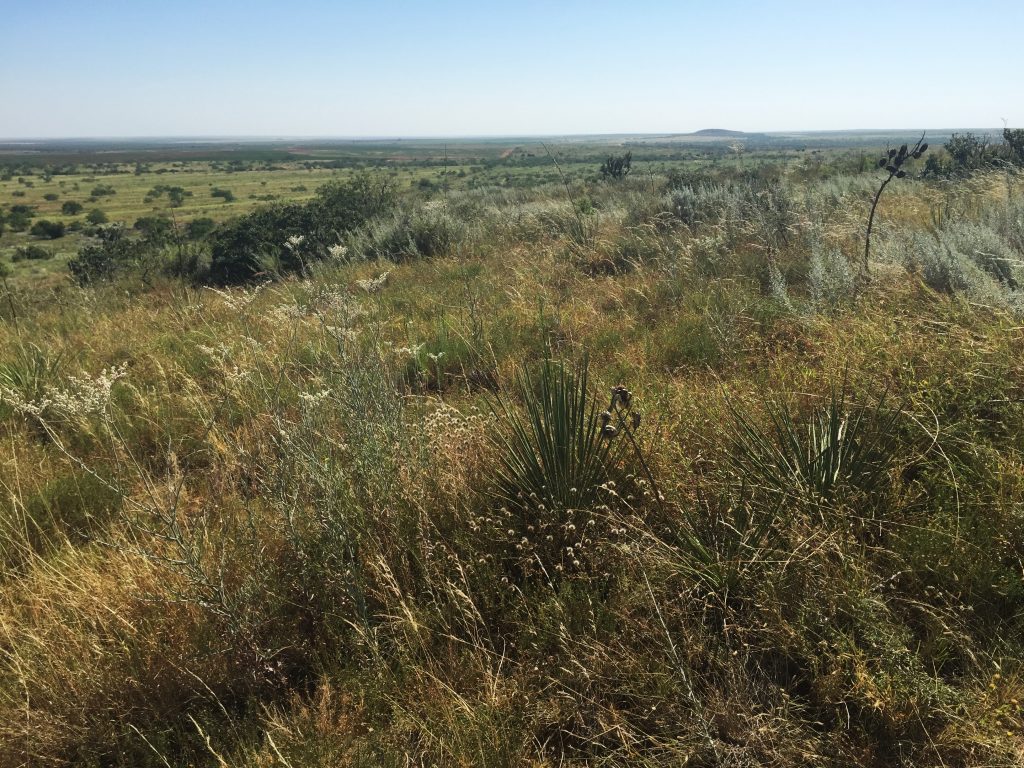
My awareness in those early years was very basic, but as I got older my awareness turned to curiosity as I began to notice differences in the grasses on our Rolling Plains farm compared to grasses I saw along the roadsides and in the pastures of large ranches in our area. In high school I got involved with FFA (Future Farmers of America) and became a member of the range judging and plant identification teams. That was when I specifically developed an interest in grasses.
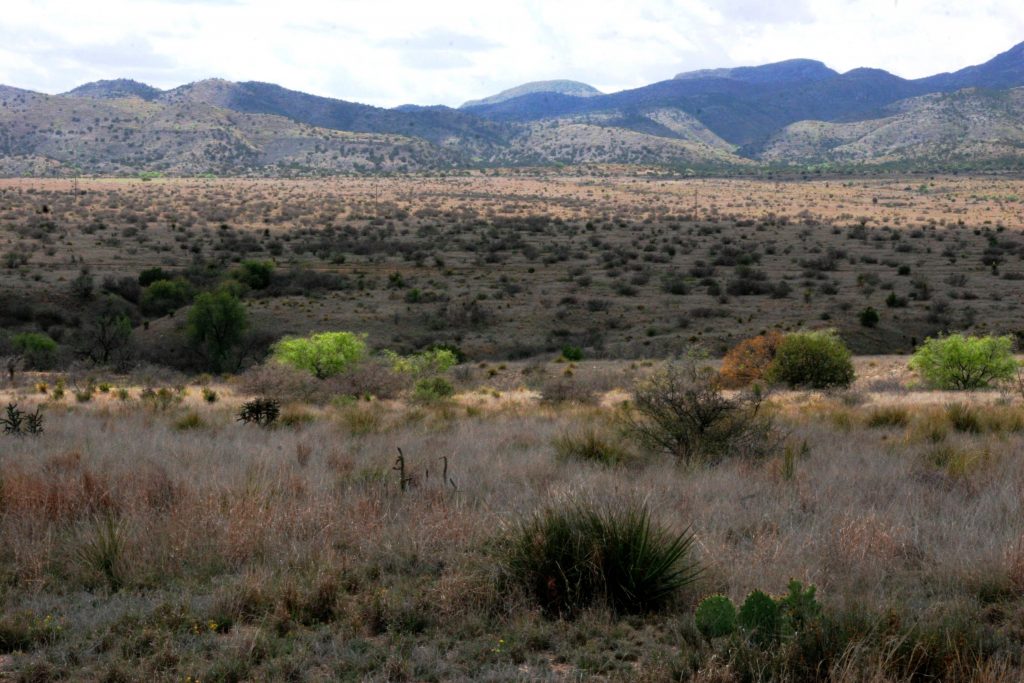
From that experience my interest in identification and learning more about grasses expanded. I majored in Range Management at Texas Tech University where my studies included numerous courses in botany, taxonomy, plant physiology, agrostology, and ecology along with my courses in range plants, natural resource management, grazing management, and wildlife habitat management.
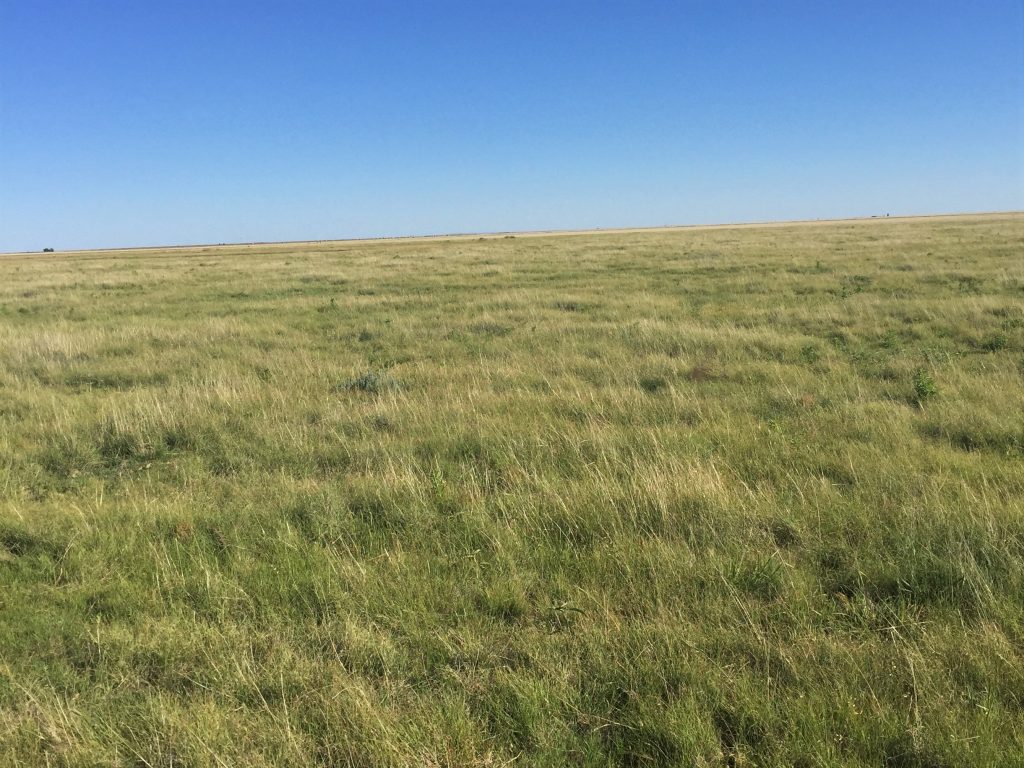
I worked as a student intern every summer for the USDA Natural Resources Conservation Service (NRCS) while attending college. Each summer I was able to apply the knowledge and skills acquired in the classroom and lab to real world situations by working directly with landowners while learning from them through their years of practical experience and knowledge of the natural resources on their properties.
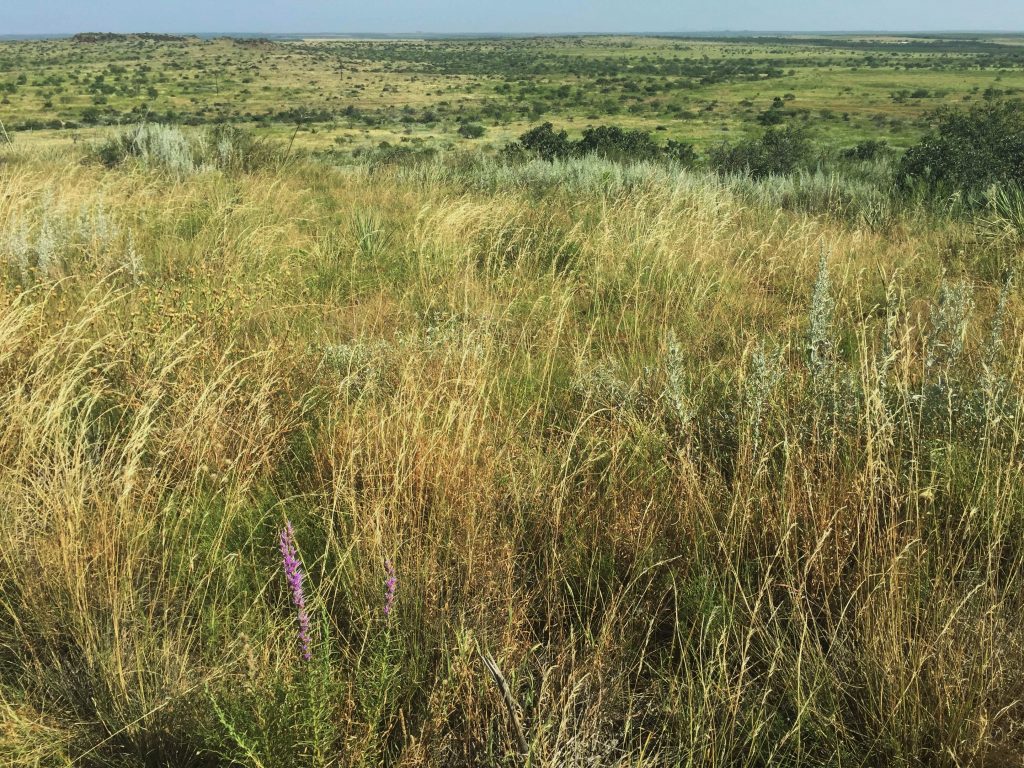
After receiving my degree from Texas Tech, I began my 40 year career as a grassland management specialist with the NRCS working extensively in the plains and prairie regions of Texas and Oklahoma as well as in the coastal prairies and marshes of Louisiana. My interest in the study of grasses and management of native grasslands became more than a profession. It became my passion. Since my retirement from NRCS I have continued to study native grasses and to advise and assist landowners with the management of their grasslands.
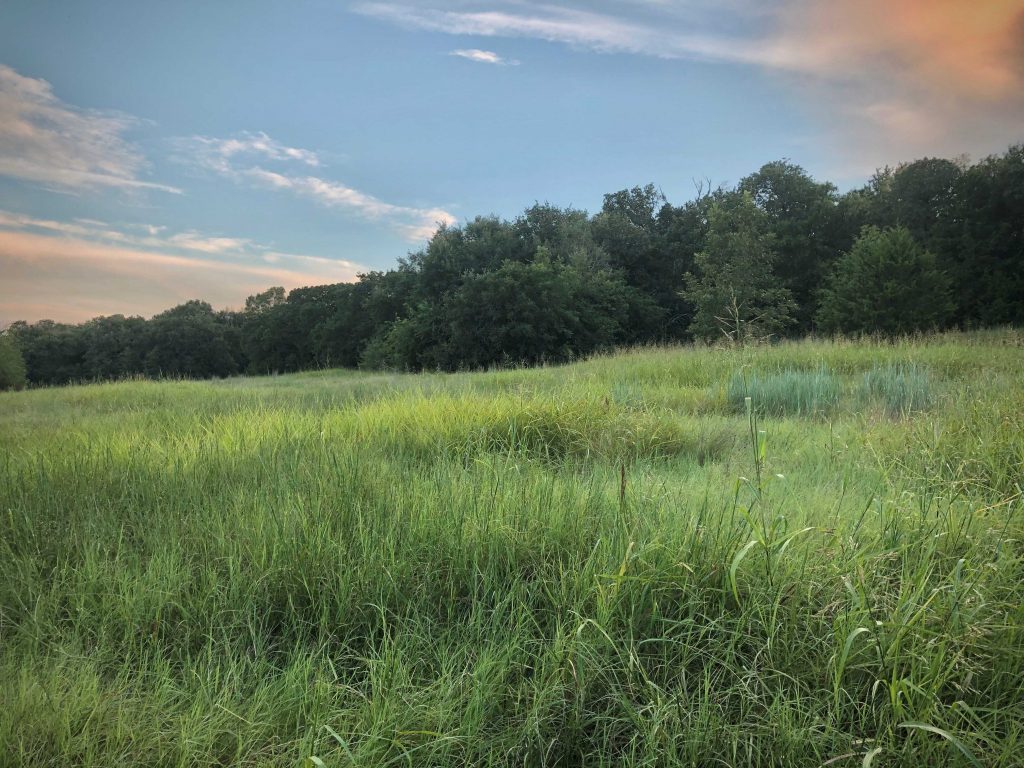
Most recently I have been fortunate to work with Meredith Ellis, a young rancher in Cooke County, Texas where the Ellis family owns and manages a 200 mother cow operation on their 3,000 acre G Bar C Ranch. Meredith is a second generation rancher who also happens to be a committed conservationist, an exemplary land steward, and a diligent student of natural resources.

The ranch is tucked away in North Central Texas just a few miles south of the Red River border with Oklahoma and far removed from the development and urban sprawl of metropolitan areas. Meredith refers to the ranch as her “national park.” It is situated in a transition zone between the Grand Prairie and Western Cross Timbers ecoregions. The ranch even includes a few areas that are more commonly associated with the Blackland Prairie. The typical characteristics of these ecoregions intermingle and mesh into a diverse mosaic.

Some 23 distinct ecological sites emerge from this jumble of soil types, topography, plant species, vegetation communities, and habitats. Each ecological site has the potential to produce different kinds, proportions, and amounts of native vegetation.
These distinct habitats are created by a mixed landscape of shallow uplands, steep slopes, level to gently undulating mixedgrass and tallgrass prairies, wide bottomlands and riparian areas, pockets of deep clay loam and sandy loam soils, savannas, and heavily wooded areas resulting in a biological hodgepodge.
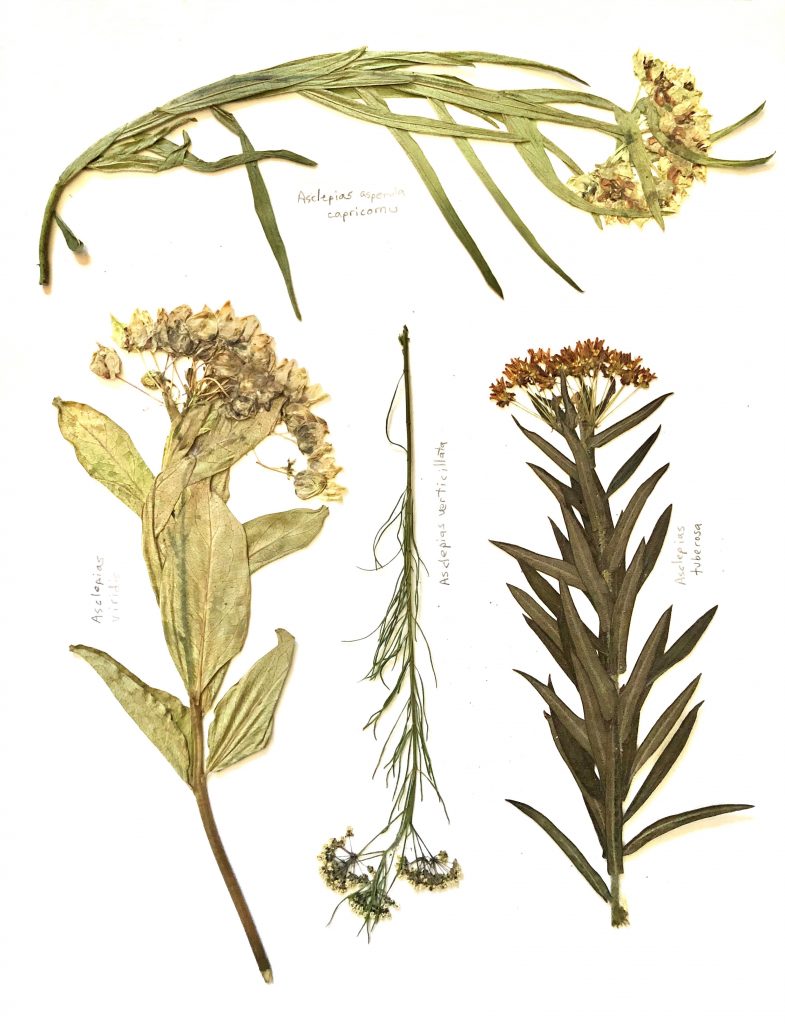
Meredith is knowledgeable about native plants and is a capable botanist. On her own initiative she has implemented an ongoing effort to identify, document, collect, and preserve as many different species on her own “national park” as possible. She has identified and documented a number of plant species on the ranch that are not common to this part of Texas, some of which have not previously been documented to occur in Cooke County.

The G Bar C Ranch is also involved in a pilot project known as the Ecosystem Services Market Consortium (ESMC) in cooperation with the Noble Research Institute and other cooperating organizations. The project is focused on quantifying the environmental benefits and ecosystem services such as carbon sequestration, water quality, and biodiversity provided by well-managed grasslands.

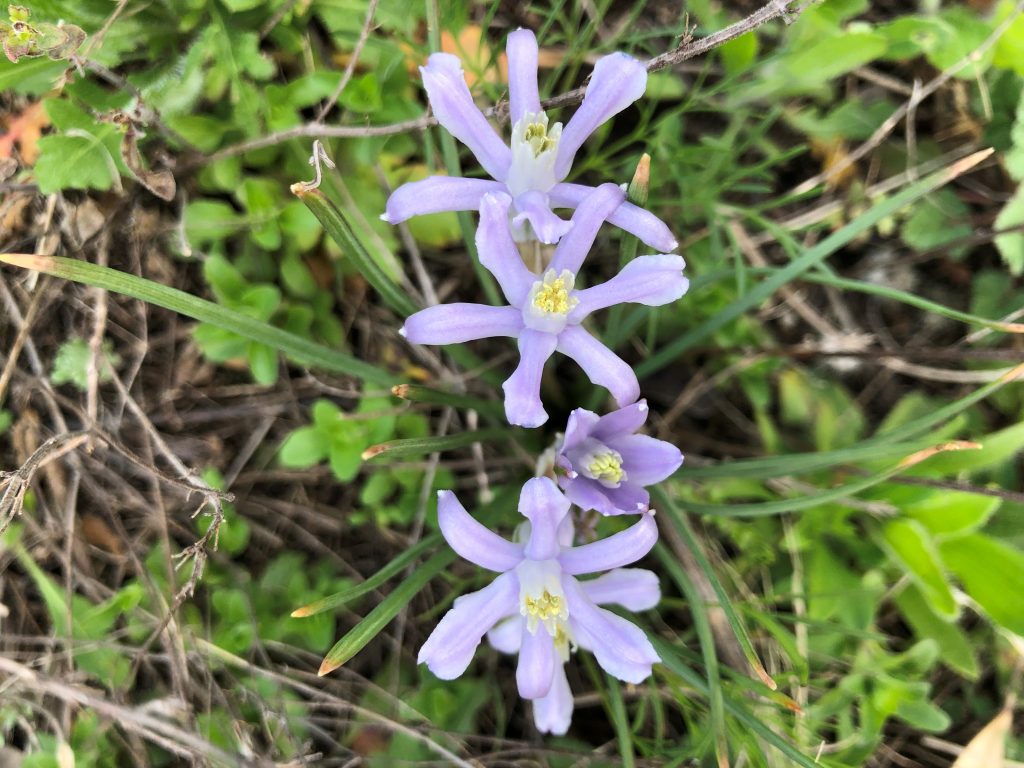
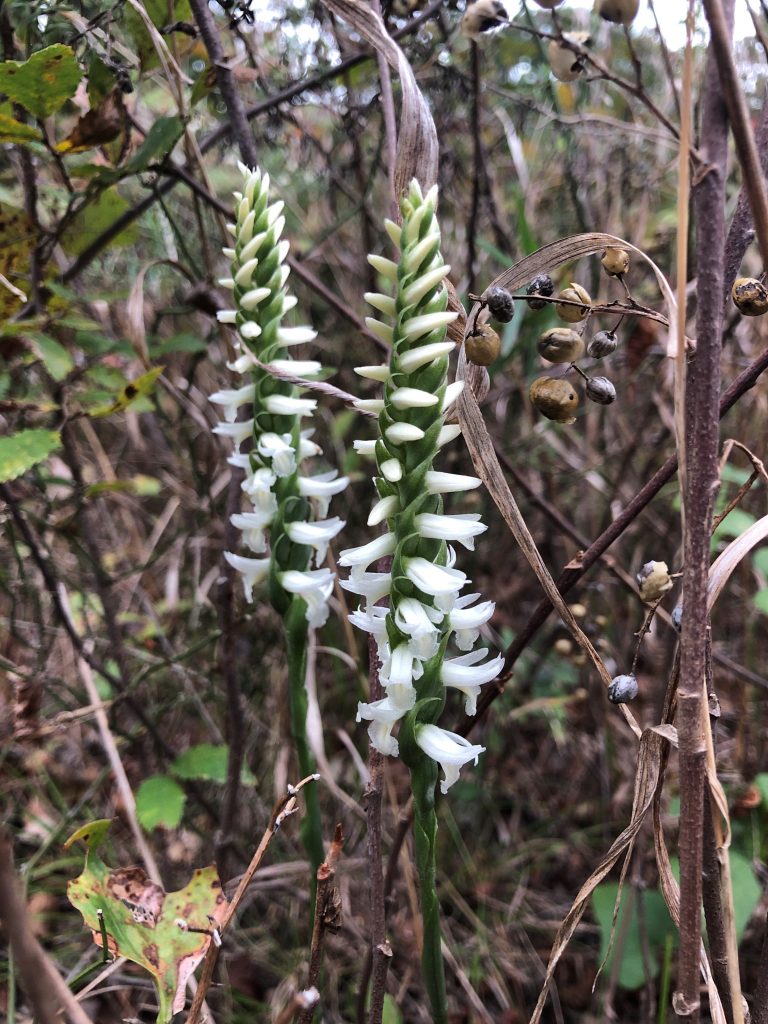
Meredith believes that ranches are essential to maintaining open space and providing critical habitat for thousands of species of plants, wildlife, and other living creatures in an increasingly developed landscape. She is a tireless advocate with confidence in the ability of ranchers to provide nutritious food to a growing population while leaving habitat and natural ecosystems intact. She believes open-mindedness, collaboration, and innovation across disciplines can help her ranch and others achieve goals that benefit everyone far into the future.

For the past two years I have assisted Meredith with locating and establishing sites on the ranch for biodiversity transects, advised her on data collection procedures, assisted with data collection, discussed natural resource management issues, and assisted her with plant identification. I have primarily helped her with identification, documentation, and collection of grasses on the ranch.
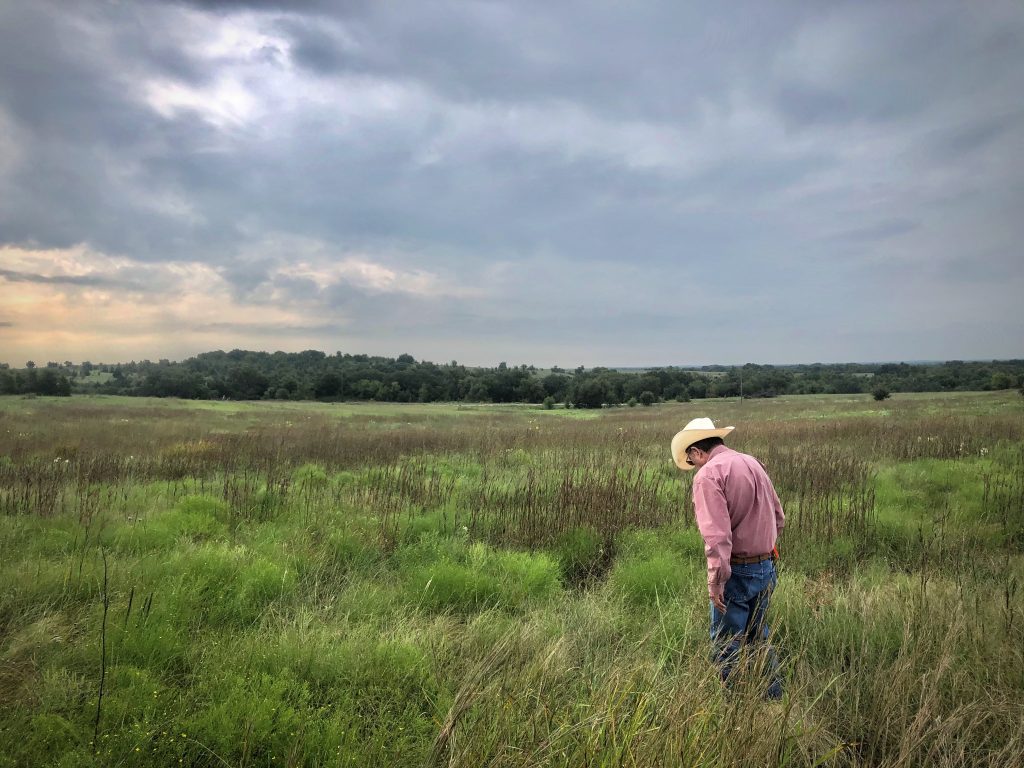
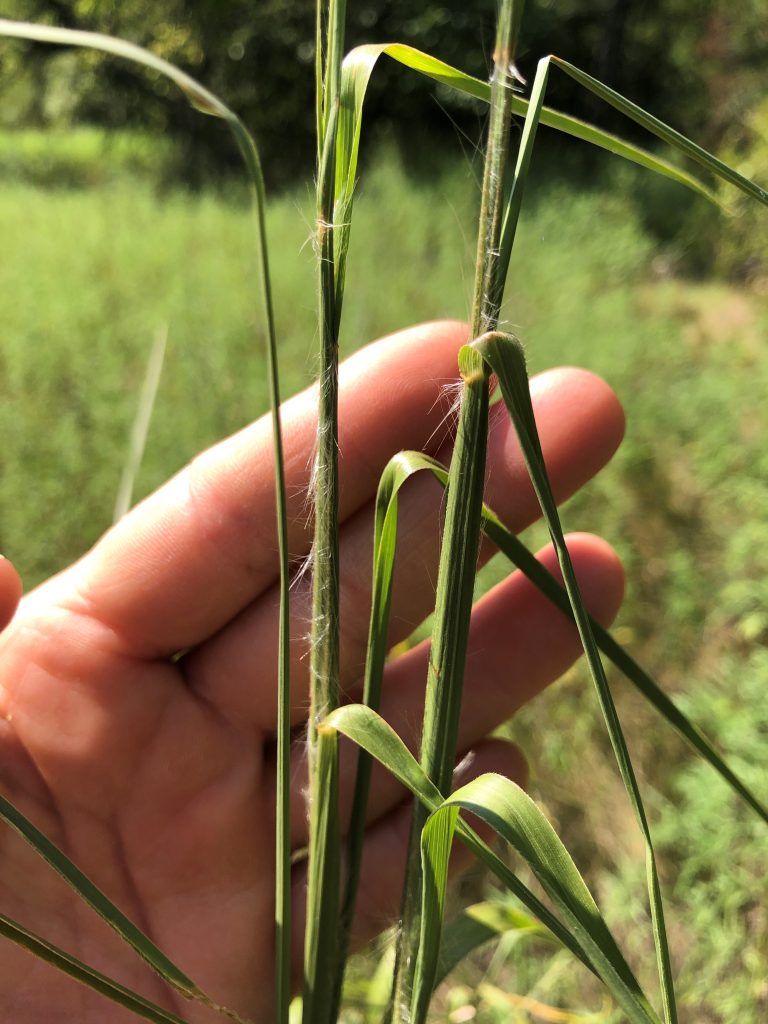
I have invited others to accompany me on my frequent trips to the G Bar C Ranch on some occasions. BRIT staff members including Brooke Best, Tiana Rehman, Keri Barfield, and Cameron Barlow have gone to the ranch with me on field collecting trips. I have also taken a USDA soil scientist to collect soil samples for lab analysis, a nature photographer, and a few other individuals to the ranch.
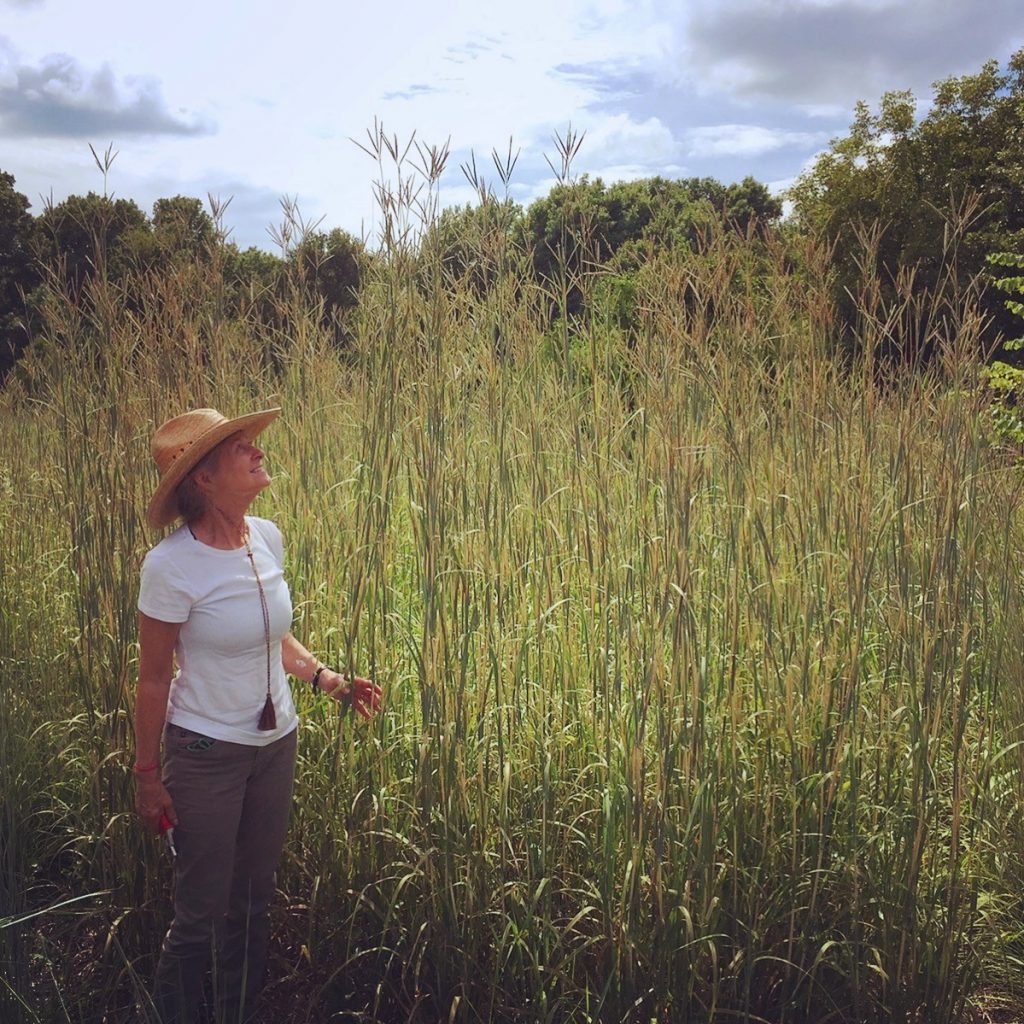
During the pandemic year of 2020, the G Bar C Ranch was my refuge and my home away from home where Meredith and I could botanize, look for new plant species, and discuss natural resource management and ranching. I look forward to a continuing a working relationship with Meredith, the G Bar C Ranch, and other landowners as I continue to study grasses, and grassland ecosystems.
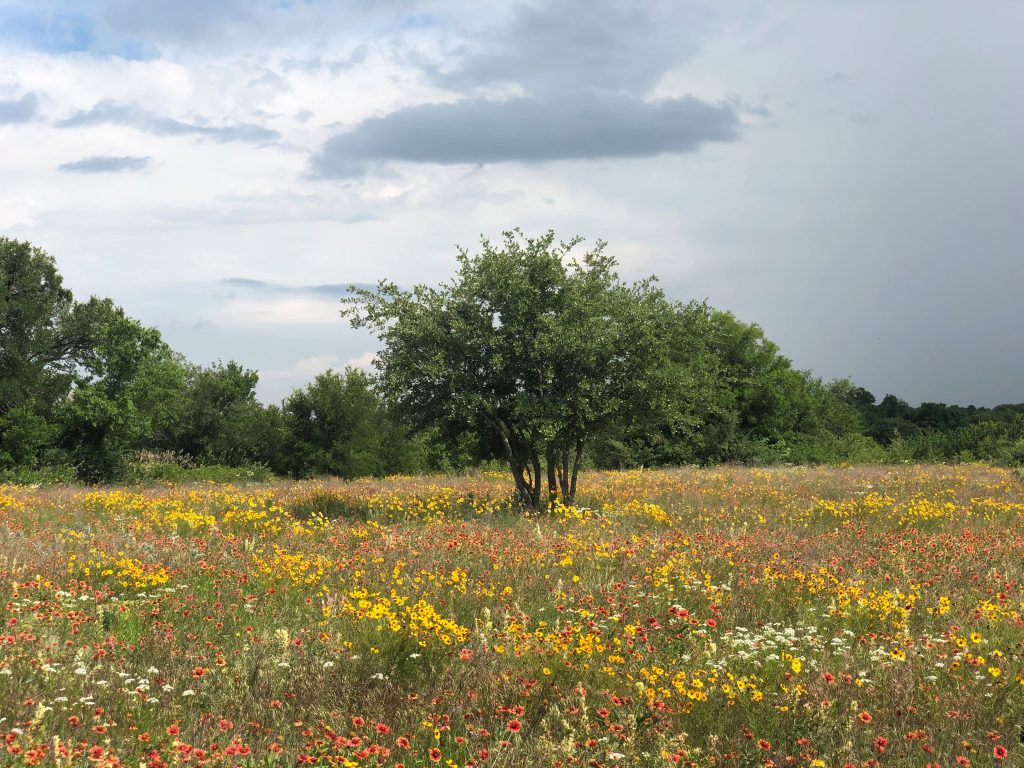
Dan Caudle is a Resident Research Associate at the Botanical Research Institute of Texas in Fort Worth, Texas.

